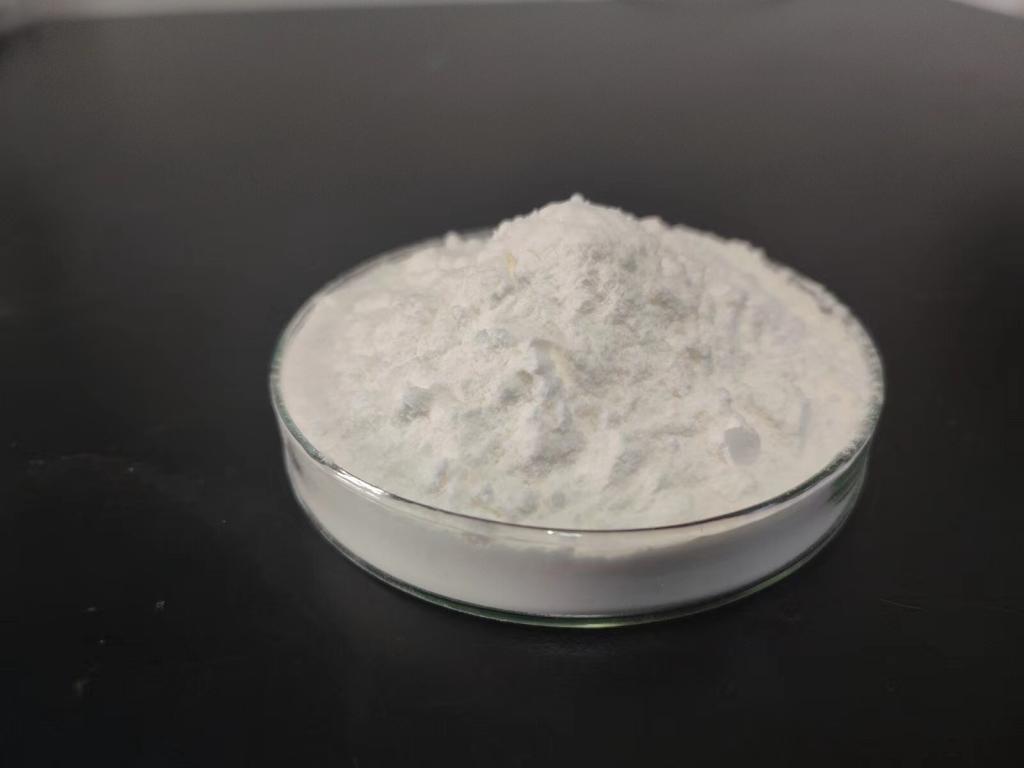Tel:+8618231198596

News
 CONTACT
CONTACT
 CONTACT
CONTACT
- Linkman:Linda Yao
- Tel: +8618231198596
- Email:linda.yao@dcpharma.cn
- Linkman:CHARLES.WANG
- Department:Overseas
- Tel: 0086 0311-85537378 0086 0311-85539701
News
Biomedical Applications of ε-Polylysine Hydrochloride: Beyond Antimicrobial Properties
TIME:2024-01-26
I. Overview of ε-Polylysine Hydrochloride:
Natural Origin and Production:
Derived from the fermentation processes of Streptomyces albulus, ε-Polylysine is a polycationic peptide with a linear structure. The hydrochloride form of ε-Polylysine is water-soluble, enhancing its versatility in various applications.
Antimicrobial Properties:
The primary known function of ε-Polylysine Hydrochloride is its potent antimicrobial activity against a broad spectrum of bacteria and fungi. It disrupts the cell membrane of microbes, leading to their destruction. This property has been extensively utilized in food preservation and cosmetic formulations.
II. Drug Delivery Systems:
Controlled Release Systems:
ε-Polylysine Hydrochloride's biocompatibility and mucoadhesive properties make it an excellent candidate for controlled drug release systems. In drug delivery applications, it can be employed to formulate sustained or targeted drug release, improving therapeutic efficacy and reducing side effects.
Nanoparticle Formulations:
By incorporating ε-Polylysine Hydrochloride into nanoparticle formulations, researchers can enhance the stability and delivery efficiency of therapeutic agents. These nanoparticles can be tailored for specific medical applications, including cancer treatment and localized drug delivery.
III. Tissue Engineering:
Scaffold Functionalization:
Tissue engineering involves creating functional replacements for damaged tissues or organs. ε-Polylysine Hydrochloride can be utilized to functionalize scaffolds, enhancing their biocompatibility and promoting cell adhesion. This application contributes to the development of engineered tissues with improved regenerative potential.
Encapsulation of Bioactive Molecules:
In tissue engineering, the controlled delivery of growth factors and bioactive molecules is crucial. ε-Polylysine Hydrochloride can be employed to encapsulate these molecules, providing a sustained and localized release within the engineered tissue, thus promoting cell proliferation and tissue regeneration.
IV. Wound Healing Applications:
Antibacterial Wound Dressings:
Given its antimicrobial properties, ε-Polylysine Hydrochloride can be incorporated into wound dressings to prevent bacterial infections and facilitate wound healing. Its biocompatibility ensures minimal irritation to the wound site, making it an attractive option for medical textiles.
Promotion of Cell Migration:
ε-Polylysine Hydrochloride has demonstrated the ability to enhance cell migration, a crucial aspect of wound healing. By promoting the movement of cells involved in tissue repair, such as fibroblasts, ε-Polylysine Hydrochloride contributes to the accelerated healing of wounds.
V. Antiviral Applications:
Viral Inhibition:
Recent studies suggest that ε-Polylysine Hydrochloride exhibits antiviral activity against certain viruses. This opens up possibilities for its application in antiviral formulations, contributing to the development of therapeutics or coatings that can mitigate the spread of viral infections.
Prevention of Viral Attachment:
Research indicates that ε-Polylysine Hydrochloride may interfere with the attachment of viruses to host cells. This mechanism could be explored further to develop strategies for preventing viral infections, potentially offering a new avenue in the fight against emerging infectious diseases.
VI. Immunomodulation and Anti-inflammatory Effects:
Modulation of Immune Responses:
ε-Polylysine Hydrochloride has shown immunomodulatory effects, influencing the activity of immune cells. This property can be harnessed to modulate immune responses in various medical contexts, including autoimmune diseases or conditions where immune modulation is beneficial.
Anti-inflammatory Potential:
Beyond its antimicrobial activity, ε-Polylysine Hydrochloride exhibits anti-inflammatory effects. This anti-inflammatory potential can be explored for applications in conditions characterized by excessive inflammation, such as rheumatoid arthritis or inflammatory skin disorders.
VII. Challenges and Considerations:
Biocompatibility and Cytotoxicity:
While ε-Polylysine Hydrochloride generally demonstrates good biocompatibility, extensive research is needed to assess its long-term effects and potential cytotoxicity, especially in the context of prolonged exposure in biomedical applications.
Regulatory Approval and Standardization:
Navigating regulatory pathways and establishing standardized protocols for the use of ε-Polylysine Hydrochloride in biomedical applications is a crucial step for its broader adoption. Collaboration between researchers, industry stakeholders, and regulatory bodies is essential.
VIII. Future Directions and Research Opportunities:
Targeted Therapies:
Exploring the potential of ε-Polylysine Hydrochloride in targeted therapies, especially in cancer treatment, offers exciting avenues for future research. Tailoring formulations that specifically target diseased cells while sparing healthy tissues could revolutionize treatment approaches.
Combination Therapies:
The synergistic effects of ε-Polylysine Hydrochloride with other therapeutic agents, such as chemotherapeutic drugs or immunomodulators, present opportunities for developing combination therapies with enhanced efficacy and reduced side effects.
IX. Conclusion:
ε-Polylysine Hydrochloride, initially recognized for its antimicrobial properties, is evolving into a multifaceted player in the biomedical arena. Its applications in drug delivery, tissue engineering, wound healing, antiviral formulations, and immunomodulation underscore its potential to contribute significantly to medical research and healthcare. As research continues to unveil the diverse capabilities of ε-Polylysine Hydrochloride, its integration into biomedical applications holds promise for developing innovative and sustainable solutions that address pressing challenges in medicine and healthcare.
- Tel:+8618231198596
- Whatsapp:18231198596
- Chat With Skype







